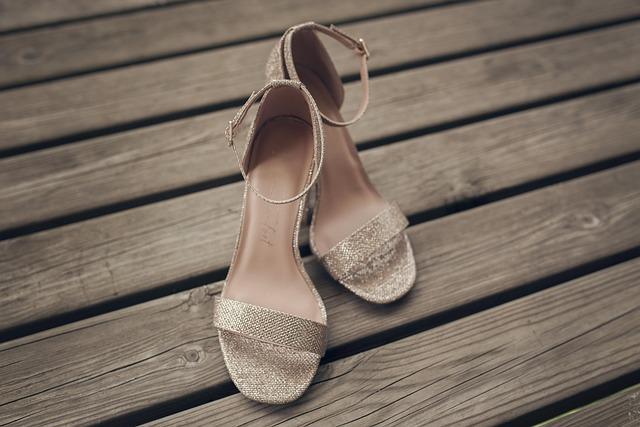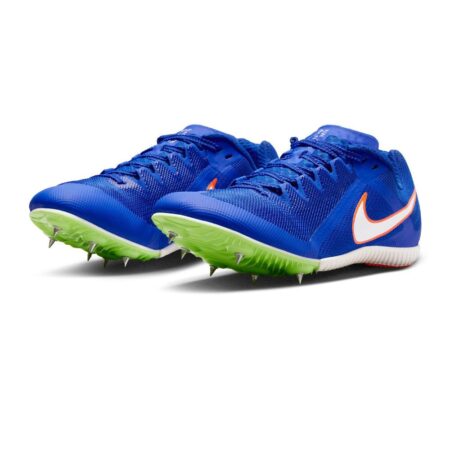As the footwear industry continues to evolve at a rapid pace, emerging trends are set to redefine consumer preferences and market dynamics in 2026. ISPO.com has identified eight key footwear trends that are poised to shape the global market, reflecting shifts in technology, sustainability, and design innovation. From cutting-edge materials to bold aesthetics, these trends highlight how brands are responding to changing demands and setting new standards for performance and style. This article delves into the trends that industry insiders and consumers alike should watch closely in the coming year.
Emerging Materials Revolutionize Comfort and Sustainability in Footwear
Innovation in material science is ushering in a new era for footwear, where comfort and sustainability no longer exist at odds. Brands are increasingly adopting bio-based and recycled components, including mushroom leather, algae foam, and ocean-plastic textiles, to craft shoes that reduce environmental footprints while enhancing durability and breathability. These materials offer improved moisture-wicking properties and adaptive cushioning, responding dynamically to foot movement and temperature changes-features that conventional synthetics have struggled to deliver.
The integration of smart fabrics combined with eco-conscious production methods is setting a compelling precedent across the footwear industry. Here’s a quick look at some standout materials transforming shoe design:
- Pineapple Leather (Piñatex): Vegan-friendly, lightweight, and breathable alternative to traditional leather.
- Recycled TPU: Flexible and resilient, sourced from post-consumer waste, enhancing sole longevity.
- Mycelium Foam: Naturally antimicrobial and biodegradable cushioning that adapts to foot contours.
| Material | Origin | Key Benefit | Eco Impact |
|---|---|---|---|
| Piñatex | Pineapple leaves | Breathability & Vegan-friendly | Low water usage |
| Mycelium Foam | Fungal roots | Adaptive Comfort | Biodegradable |
| Recycled TPU | Post-consumer plastics | Durable & Flexible | Waste reduction |
Tech Integration Enhances Performance and User Experience
Footwear manufacturers are increasingly leveraging cutting-edge technology to push the boundaries of performance and comfort. From impact-absorbing midsoles embedded with smart materials to adaptive lacing systems linked to smartphone apps, innovation is transforming how consumers interact with their shoes. Sensors embedded in midsoles now monitor gait patterns and provide real-time feedback, allowing users to optimize their stride and reduce injury risk during physical activity. Moreover, advancements in breathable, moisture-wicking fabrics integrated with nano-coatings enhance durability while maintaining lightweight flexibility, meeting the demands of active lifestyles.
Key technological features driving this revolution include:
- AI-powered fit customization for personalized comfort
- Rechargeable heating elements for temperature regulation
- 3D-printed components enabling tailor-made support structures
- Blockchain-enabled authenticity verification to combat counterfeits
| Technology | Benefits | Example Brands |
|---|---|---|
| Smart Insoles | Real-time gait analysis | StrideSense, RunTec |
| Adaptive Lacing | Dynamic fit adjustment | FlexFit, Nissan |
| 3D Printing | Custom support & lightweight | FormLab, Nike |
| Nano-coatings | Waterproof & stain resistant | HydroGuard, Adidas |
Market Strategies for Brands to Capitalize on Upcoming Footwear Trends
To effectively harness the momentum of emerging footwear trends, brands must pivot towards hyper-personalization and sustainability-driven designs. Incorporating advanced data analytics allows companies to anticipate consumer preferences in real time, tailoring product lines that resonate with evolving lifestyles. Equally important is the integration of eco-friendly materials and transparent supply chains, which not only fulfill growing environmental expectations but also differentiate brands in a crowded marketplace. Collaborative efforts with tech innovators can amplify the consumer experience, offering smart, adaptive footwear that aligns with both function and fashion.
Strategic partnerships and omnichannel retail frameworks serve as vital components for maximizing market reach. Brands should embrace social commerce and influencer collaborations to penetrate younger demographics, particularly Gen Z and Millennials eager for authentic brand stories. Agile inventory management combined with localized product launches ensures responsiveness to regional demands and trend variations. Below is a snapshot of strategic levers brands can activate to capitalize on the 2026 footwear landscape:
| Strategy | Key Benefit | Implementation Tip |
|---|---|---|
| Data-Driven Design | Targeted Consumer Appeal | Leverage AI trend forecasting tools |
| Sustainable Sourcing | Brand Loyalty & Compliance | Partner with certified green suppliers |
| Social Commerce | Enhanced Engagement | Activate authentic influencer campaigns |
| Localized Launches | Market-Specific Relevance | Use regional insights for product variants |
To Conclude
As the footwear industry looks ahead to 2026, these eight emerging trends underscore a dynamic shift toward innovation, sustainability, and consumer-centric design. Brands that embrace these developments stand poised to redefine market standards and capture evolving customer demands. Staying informed on these key movements will be essential for industry stakeholders aiming to navigate the competitive landscape in the years to come. For more detailed insights and updates, visit ISPO.com.





